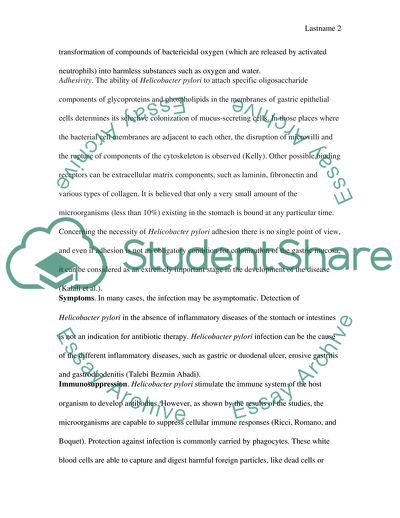Cite this document
(Helicobacter Pylori Literature review Example | Topics and Well Written Essays - 1250 words, n.d.)
Helicobacter Pylori Literature review Example | Topics and Well Written Essays - 1250 words. https://studentshare.org/biology/1865849-microbial-physiology-research-paper
Helicobacter Pylori Literature review Example | Topics and Well Written Essays - 1250 words. https://studentshare.org/biology/1865849-microbial-physiology-research-paper
(Helicobacter Pylori Literature Review Example | Topics and Well Written Essays - 1250 Words)
Helicobacter Pylori Literature Review Example | Topics and Well Written Essays - 1250 Words. https://studentshare.org/biology/1865849-microbial-physiology-research-paper.
Helicobacter Pylori Literature Review Example | Topics and Well Written Essays - 1250 Words. https://studentshare.org/biology/1865849-microbial-physiology-research-paper.
“Helicobacter Pylori Literature Review Example | Topics and Well Written Essays - 1250 Words”. https://studentshare.org/biology/1865849-microbial-physiology-research-paper.


